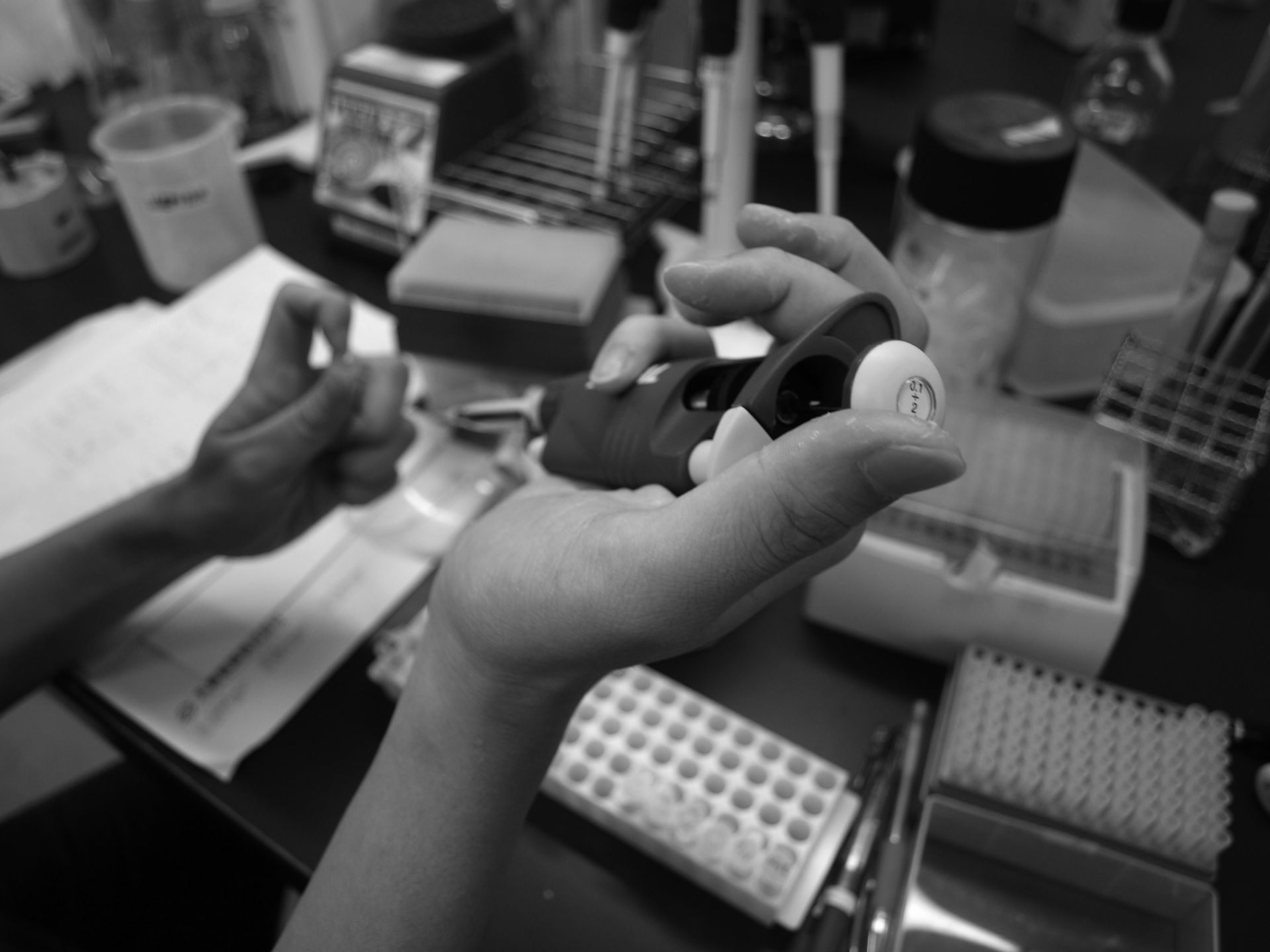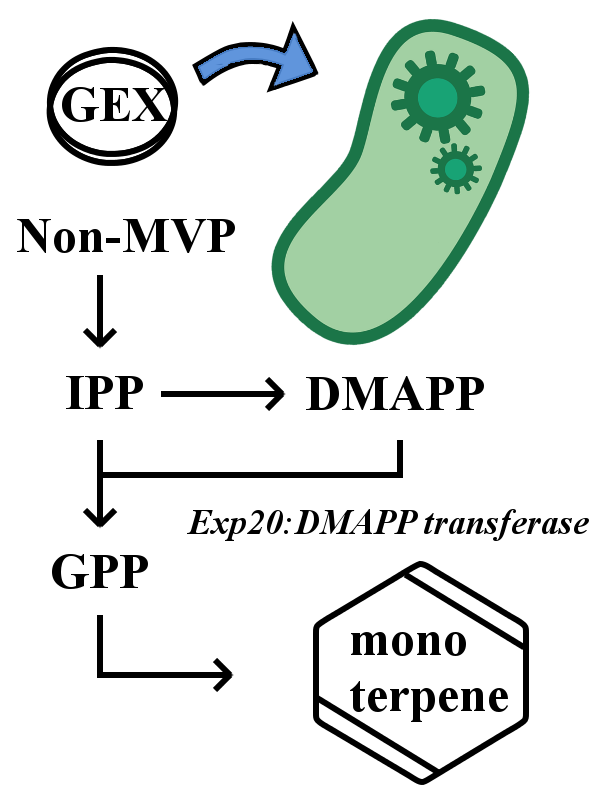Team:KIT-Kyoto/Modeling
From 2014.igem.org



Modeling
Parts & Device
Project Concept
Two monoterpene synthetic systems were designed by combining two monoterpene syntheticenzyme genes which are already on the parts’ list, and gamma-terpinene synthetic enzyme gene we submitted as well as two protein devices.
One device is E.coli IPTG-inducing gamma-terpinene synthetic pathway, and the other is yeast-
based gamma-terpinene synthetic pathway.

Expression in Yeast
The device in this yeast-based monoterpene synthetic pathway uses the S. cerevisiae cells which constantly express monoterpene synthetic enzyme by introducing each gene of monoterpene synthetic enzymes at the downstream of TEF promoter. GPP is constitutively synthesized in yeast cells and its volume is enough for intracellular monoterpene synthesis. Thus a certain monoterpene is easily synthesized by transferring this device into yeast cells.

Expression in E.coli
The device expresses only when BL21(DE3) strain is used for genetic transfer. In this device, each monoperpene synthetic gene is under the control of tac promoter, so the expression of each monoterpene synthase gene is induced by adding IPTG. By changing the dose of IPTG and the timing of addition, the monoterpene volume changes and the intensity of scent also changes.
However, E.coli does not have enzyme to synthesize geranyl pyrophosphate (GPP), a basal material for all monoterpene synthesis. So one has to directly add GPP to the medium or transfer the DMAPP transferase gene (ERG20).

How the pathways function?
In the two pathways we designed, the behaviors of insects on the plate can be controlled via the scents that can be regulated by the types of monoterpene synthases, the volume and the timing of IPTG addition and the location of colonies on the plate. In our pathways, yeast and E.coli cells become a conductor to orchestrate insects.
Biological Assay
 "
"
